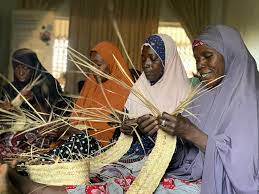
Drinking Straw is cylindrical, hollow, made of plastic, paper, bamboo, metal, glass or edible material. A drinking straw or drinking tube is a small pipe that allows its user to more conveniently consume a beverage.
A thin tube of paper, plastic (such as polypropylene and polystyrene), or other material is used by placing one end in the mouth and the other in the beverage.
A combination of muscular action of the tongue and cheeks reduces air pressure in the mouth and above the liquid in the straw, whereupon atmospheric pressure forces the beverage through the straw. Drinking straws can be straight or have an angle-adjustable bellows segment.
The first known straws were made by the Sumerians, and were used for drinking beer, probably to avoid the solid byproducts of fermentation that sink to the bottom.
The use of plastic straws became popular following World War 2 due to the inexpensiveness of the materials, as well as the cheapness of the drinks and/or meals that were provided with the plastic straws.
In recent few years food service packaging market have seen a significant growth and is expected to grow in future. In food service packaging for beverages, straw are considered to be the most important product in developed and developing countries across the globe.
Plastic drinking straw production contributes to petroleum consumption, and the used straws become part of global plastic pollution when discarded, most after a single use.
Plastic straws account only for a tiny portion (0.022%) of unrecycled plastic waste in the oceans. Despite that, numerous campaigns in the 2010s have led to companies considering a switch to paper straws and countries imposing bans on plastic straws.
Extensive market research has revealed that drinking straw is an everyday consumer goods used in Nigeria.
The market for drinking straw is national. With a population of over two hundred (200,000,000) million people, Nigeria has a large market for drinking straw.






















